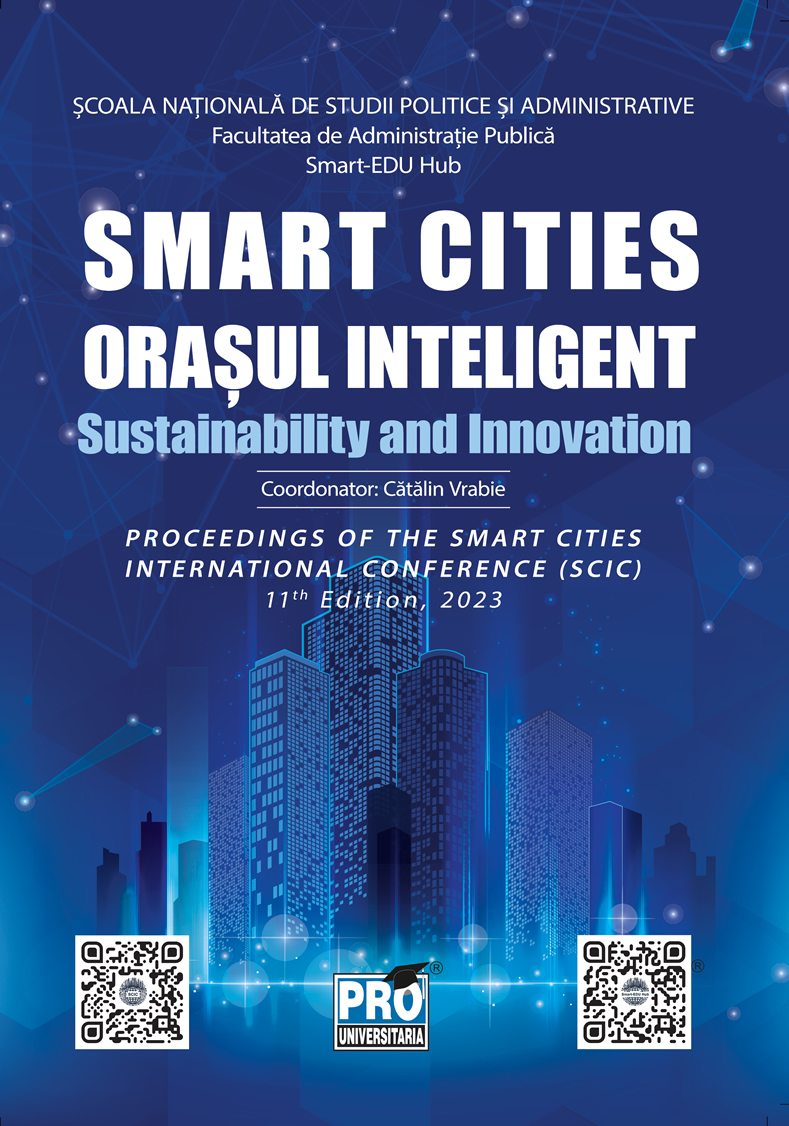Employing AI in Regional Development: The Need for a Strategic Approach
Keywords:
cross-cutting policies, partnership-driven approach, balanced regional developmentAbstract
Navigating the age of AI is challenging not only because of its novelty, but also because of its rapid progress and unpredictable impact. AI is substantially influencing the labor market, industrial services, agricultural processes, value chains and also the organization of workplaces. Thus, a better understanding of the potential of AI and its pitfalls becomes crucial when developing national strategies. The main focus of this article is to investigate if AI is fit for an overall balanced regional development. The process of setting up a policy framework for AI technologies is very complex and it is useful to learn from the experiences and achievements of other regions or countries that have successfully implemented or adopted AI in regional development. Therefore, to draw some lessons for Romania in designing the national AI strategy and related policies, we needed to explore the landscape of AI policymaking at the international level. In Romania, AI was born and advanced mainly in academia and the private sector, through research and innovative programs. The bottom-up approach in mainstreaming AI together with its cross-sectorial impacts raise important challenges for our policymakers because, as through the national strategy and related policies, they need to find a proper equilibrium, by creating environments that enable AI development and growth, while, simultaneously mitigating the risks posed by AI. In addition, equal distribution of the benefits of AI represents a key social concern. By analyzing the current and future opportunities and trends of AI in regional development and discussing the challenges and risks associated, along with exploring some examples and case studies from different regions or sectors that have successfully implemented or adopted AI, we consider that this article will be helpful for decision making and governance processes at different levels, to enable even faster scale development of AI for regional development. The conclusion section briefly presents some recommendations and suggestions for Romania to improve its AI readiness and capacity for regional development and provides some suggestions for future research or action on AI in regional development.
Downloads
Published
Issue
Section
License
Copyright (c) 2024 Gabriela MARCHIS

This work is licensed under a Creative Commons Attribution-NonCommercial-NoDerivatives 4.0 International License.


